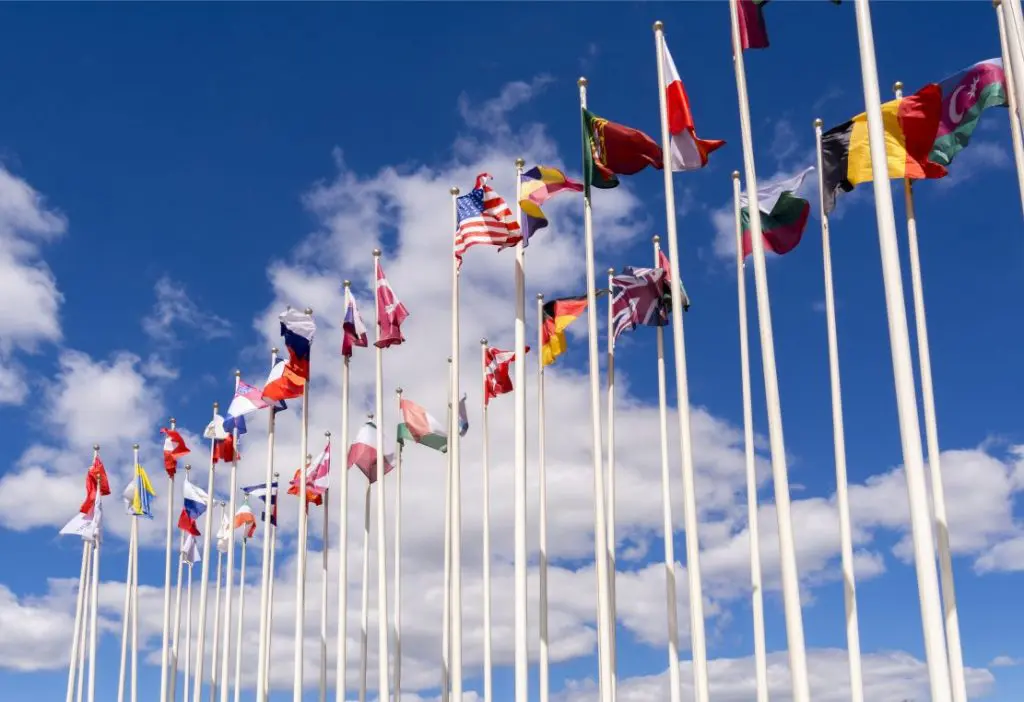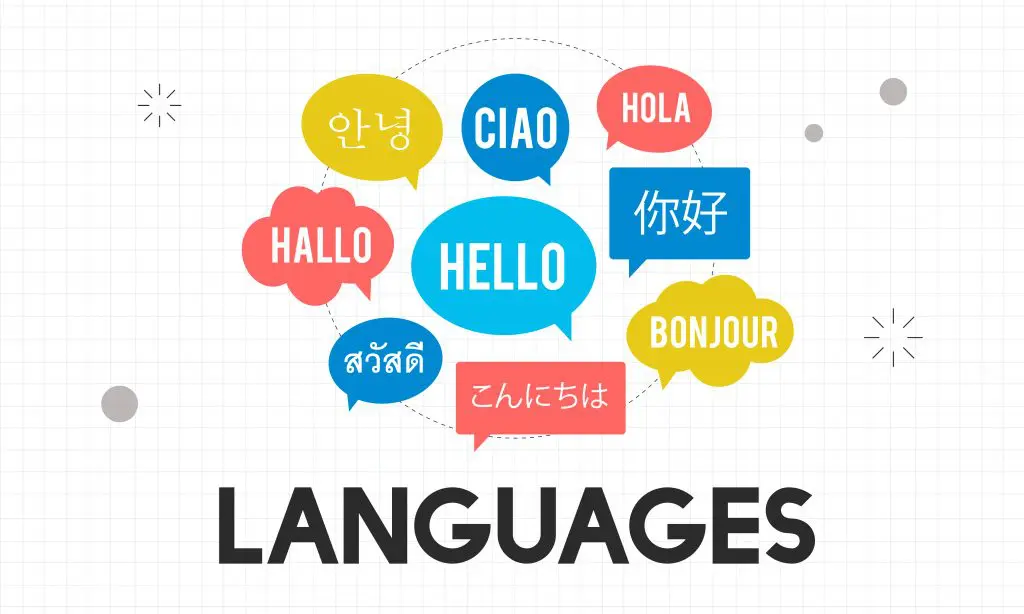How to recognize a good translation
As a contractor you pay for a professional translation – but how do you check if it is a good translation? First of all: At Berlin Translate you can be sure that your text will be edited by a professional and that the translation will be checked before being sent.
In this way, even if you do not know the language of the target or source language, you can see whether the requested translation is good:
1. Every good translation is a project
Even if your text is short – like a tweet or an advertising slogan – it does not mean it’s easier to translate. After all, not only the words themselves must be translated into the target language, but above all the message. That’s why every good translation needs the full attention of the translator. At Leginda, each translation is a single project that goes through all stages of quality management.
2. The translator knows what he/she is doing
A good translation always requires a professional translator. Not everyone who speaks both target and source language can translate technically demanding texts and even softwares do not recognize the intricacies requested by translators. Studying is not enough: regular contact with the target language and very good specialist knowledge are also important for a good translator.
3. The translator asks questions
Questions do not testify a lack of professionalism, but they are a sign that the translator wants to transfer your text in the best possible way and insists on quality. This may be clarifications to the requirements themselves, but also technical demands. You know your business, but an outsider does not need your experience in some cases for more information. The sooner points in question are clarified, the sooner you avoid costly reworkings. Answering questions in detail contributes to a high quality translation.
4. Quality is controlled
Good project and quality management also means that every translation is checked. Depending on the requirements of the customer, a simple check may be sufficient or a proofreading or proofreading by a linguistically and technically equivalent secondary translator according to DIN EN ISO 17100 is necessary.
The level of quality control needed for the project depends on the objective of the translation: projects intended for direct publication should have at least one proofreading, or better, additional proofreading. For other texts, a simple translation with subsequent verification may be sufficient. If you have any questions, please contact us.

